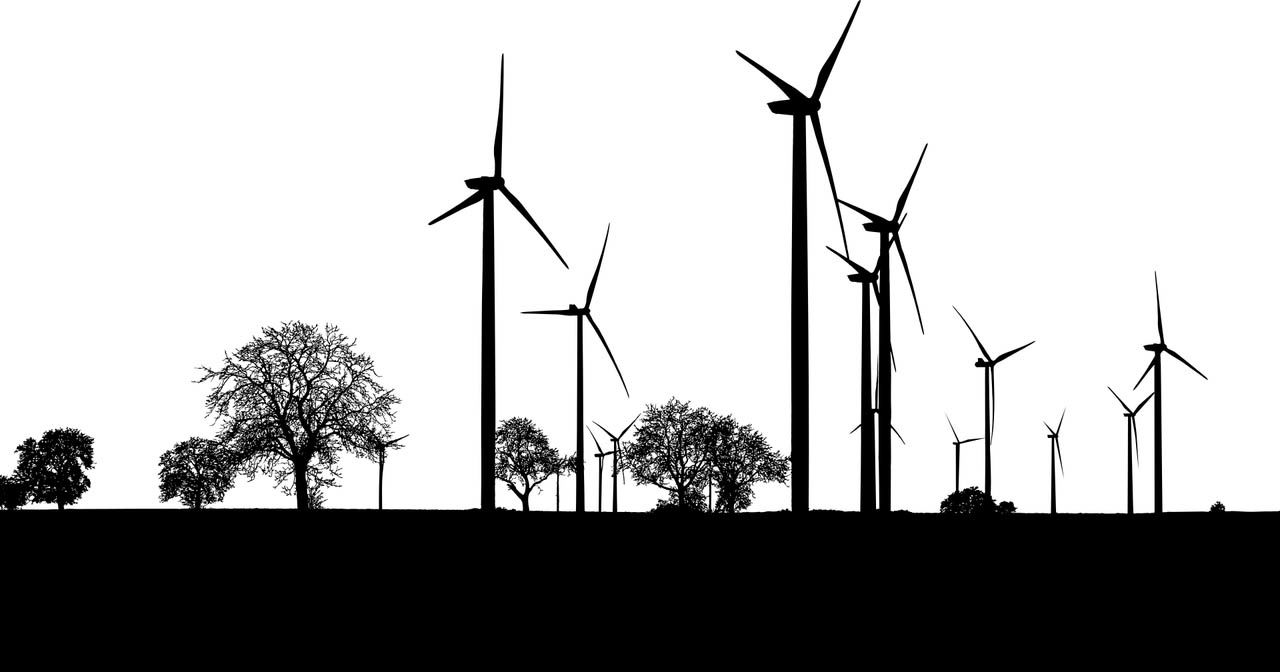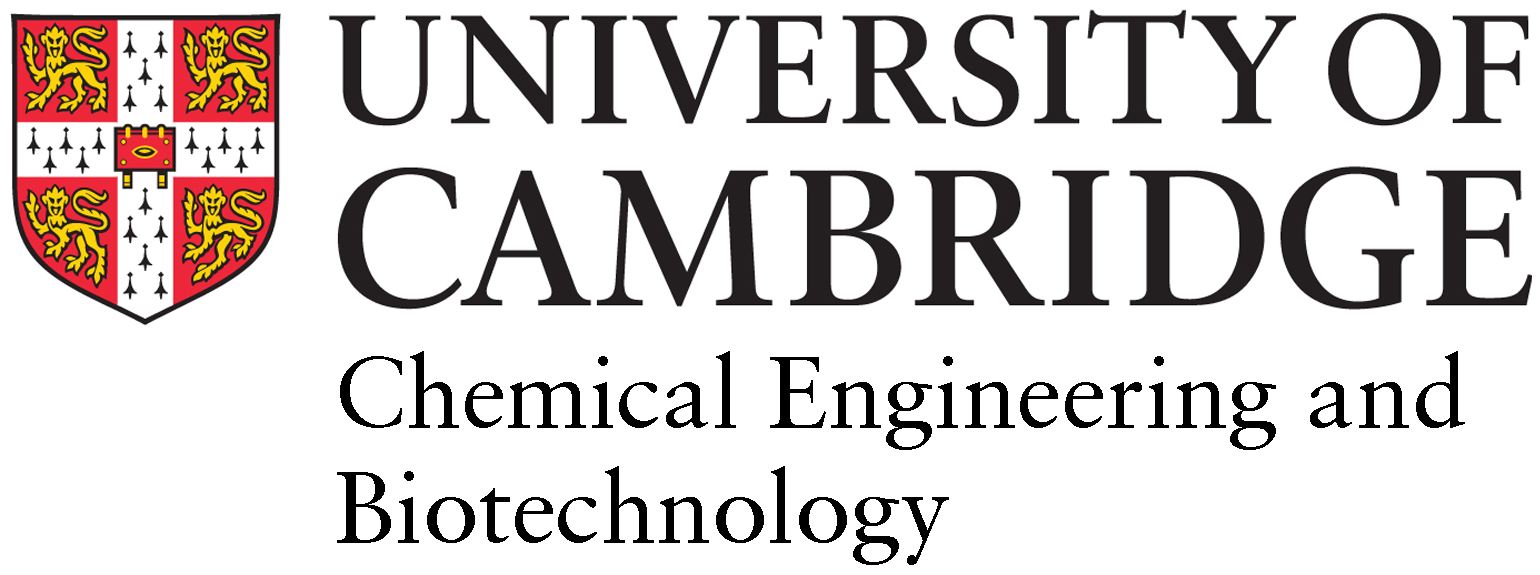Supercharging decarbonisation through intelligent technologies
Digital tools could reduce carbon emissions by more than 50 per cent

14th February 2020 A new review from our researchers in the Cambridge Centre for Advanced Research and Education in Singapore (CARES) has shown how integrating digital tools into the world’s energy systems could drastically reduce carbon emissions.
The review re-assesses the famous marginal abatement cost curve (MACC) popularised by McKinsey and finds that digitalisation of energy systems completely alters the curve, thanks to the creation of novel pathways for the transition to low-carbon energy. If cyber-physical systems are integrated into our energy systems, carbon abatement potential can be expected to increase by 20 per cent, rising to 30 per cent when artificial intelligence (AI) is included.
MACCs illustrate both the cost and potential of various carbon dioxide reduction strategies and are used by policy makers to assess which paths to pursue. The addition of cyber-physical systems –digital technologies that interact with the physical world – is a substantial update to the MACC and further establishes it as an indispensable tool for those working on decarbonisation.
Decarbonising the world’s energy systems is a crucial part of mitigating climate change through the reduction of greenhouse gas emissions. While decarbonisation is non-negotiable if climate breakdown is to be halted, it must be balanced with ensuring economic stability and a smooth transition to sustainable energy.
"This review is an in-depth study of the impact that digitalisation could have on our energy systems," says Professor Markus Kraft, Director of CARES. "Digital technologies, if applied wisely, could increase the efficiency of energy provision and industrial production to the point where our current path towards climate breakdown is shifted substantially. Integrating artificial intelligence into these technologies will have an even greater positive impact. It is my hope that policy makers, researchers and those working in industry will find our review useful in their quest to decarbonise our world."
Digital technologies such as big data, machine learning and the Internet of Things hold immense potential to help us meet this challenge. Their applications range from helping to reduce our power bills by employing smart meters in the home, to assisting with peer-to-peer energy trading between power stations via blockchain.
An international team of researchers from Singapore, Switzerland, the UK and the US found that while existing digital technologies have numerous and effective applications when considered individually, the potential reduction of carbon emissions is multiplied when they are combined. Such combinations are called cyber-physical systems – interacting networks of physical infrastructure and computers that allow for smarter analysis, decision-making and optimisation of energy systems.
Introducing AI into these cyber-physical systems can lead to further carbon savings; up to 30 per cent more than without AI. This combination of technologies creates what is dubbed 'intelligent cyber-physical systems'. Benefits include more resilient infrastructure and operational flexibility, among others.
Enhanced renewable energy forecasting is one good example of how an intelligent cyber-physical system can be applied. The wind and solar energy sectors have seen much growth and while the price of these technologies has reduced, the intermittent nature of this type of power has limited their application. The integration of backup energy systems (natural gas plants, for example) or energy storage technologies is required. Intelligent cyber-physical technologies, in particular machine learning, could help with this integration through improved forecasting of solar and wind variability.
Other large energy systems such as power plants can also benefit. When applied to carbon capture and storage plants, for example, these technologies can convert operational data into actionable intelligence, thereby reducing costs and improving energy efficiency through improved processes.
Cyber-physical systems, especially those combined with AI, provide the much-needed boost required for countries to meet their decarbonisation and emissions targets. It is now up to policy makers to take this forward by incentivising the deployment of these technologies to combat climate change.
Impact of CPS technologies on the marginal abatement cost of selected decarbonization technologies in energy transition. Shown in the figure is the marginal abatement cost of selected decarbonization technologies (represented by different colors) without CPS technologies (top), with CPS technologies (middle), and with intelligent CPS technologies (below). O. Inderwildi, C. Zhang, X. Wang and M. Kraft, Energy Environ. Sci., 2020, Advance Article , DOI: 10.1039/C9EE01919G - Reproduced by permission of The Royal Society of Chemistry
Impact of CPS technologies on the marginal abatement cost of selected decarbonization technologies in energy transition. Shown in the figure is the marginal abatement cost of selected decarbonization technologies (represented by different colors) without CPS technologies (top), with CPS technologies (middle), and with intelligent CPS technologies (below). O. Inderwildi, C. Zhang, X. Wang and M. Kraft, Energy Environ. Sci., 2020, Advance Article , DOI: 10.1039/C9EE01919G - Reproduced by permission of The Royal Society of Chemistry
Architecture of intelligent cyber-physical system. O. Inderwildi, C. Zhang, X. Wang and M. Kraft, Energy Environ. Sci., 2020, Advance Article , DOI: 10.1039/C9EE01919G - Reproduced by permission of The Royal Society of Chemistry
Architecture of intelligent cyber-physical system. O. Inderwildi, C. Zhang, X. Wang and M. Kraft, Energy Environ. Sci., 2020, Advance Article , DOI: 10.1039/C9EE01919G - Reproduced by permission of The Royal Society of Chemistry
Schematic of various power-to-X (P2X) technologies applied in energy system. Shown in the figure are different technologies that could convert electricity into other energy end-users (e.g. heat, gas, fuel and mobility) and vice versa. O. Inderwildi, C. Zhang, X. Wang and M. Kraft, Energy Environ. Sci., 2020, Advance Article , DOI: 10.1039/C9EE01919G - Reproduced by permission of The Royal Society of Chemistry
Schematic of various power-to-X (P2X) technologies applied in energy system. Shown in the figure are different technologies that could convert electricity into other energy end-users (e.g. heat, gas, fuel and mobility) and vice versa. O. Inderwildi, C. Zhang, X. Wang and M. Kraft, Energy Environ. Sci., 2020, Advance Article , DOI: 10.1039/C9EE01919G - Reproduced by permission of The Royal Society of Chemistry
Impact of regular and smart charging strategies on the peak power demand. Shown in the figure is the comparison between regular and smart charging resulted EV charging demand: peak power demand can be reduced significantly by combining mobility data and distributed control method. O. Inderwildi, C. Zhang, X. Wang and M. Kraft, Energy Environ. Sci., 2020, Advance Article , DOI: 10.1039/C9EE01919G - Reproduced by permission of The Royal Society of Chemistry
Impact of regular and smart charging strategies on the peak power demand. Shown in the figure is the comparison between regular and smart charging resulted EV charging demand: peak power demand can be reduced significantly by combining mobility data and distributed control method. O. Inderwildi, C. Zhang, X. Wang and M. Kraft, Energy Environ. Sci., 2020, Advance Article , DOI: 10.1039/C9EE01919G - Reproduced by permission of The Royal Society of Chemistry
Read the full review
'The Impact of Intelligent Cyber-Physical Systems on the Decarbonization of Energy' is published in Energy & Environmental Science by researchers from the University of Cambridge, Cambridge Centre for Advanced Research and Education in Singapore, Swiss Academy of Sciences, Princeton University, National University of Singapore and Nanyang Technological University.





